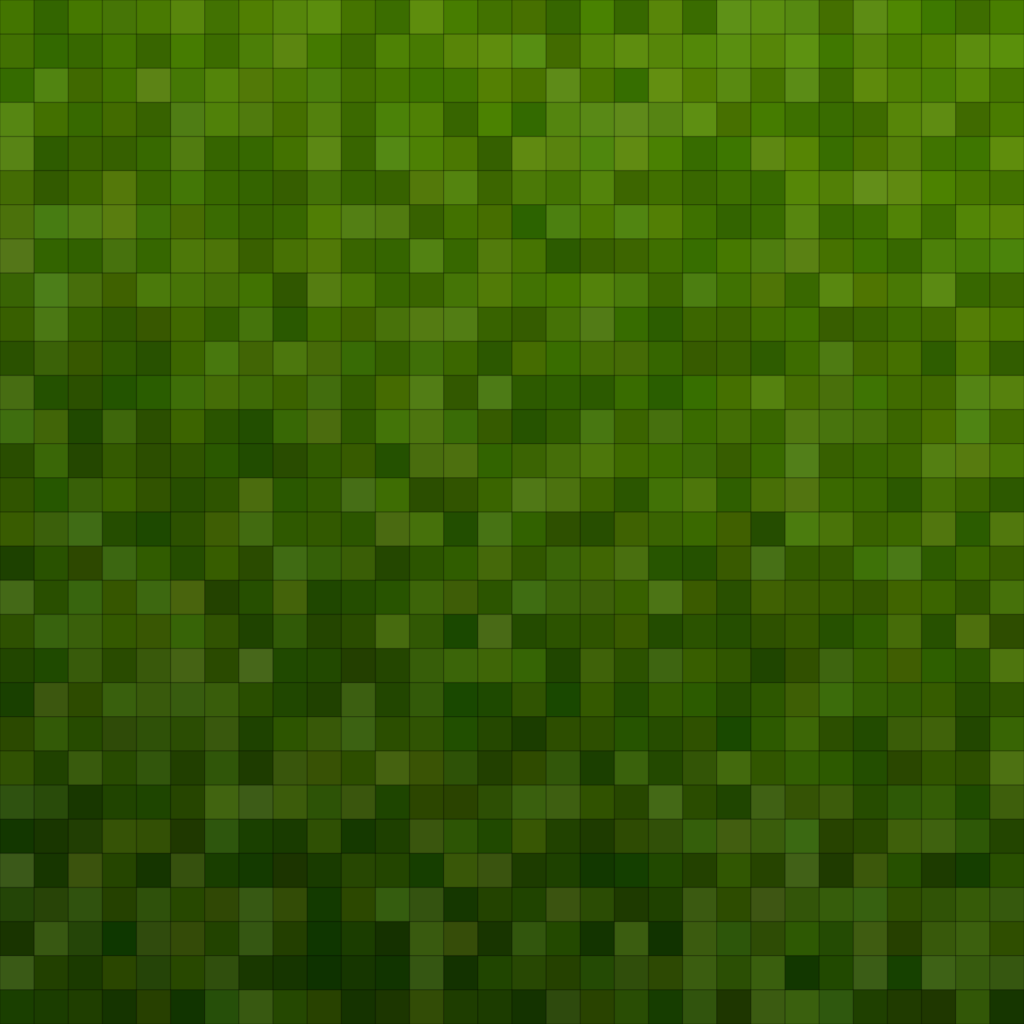
Hobby Paint Scale Reduction Effect Mastery
Improving Model Colours
Stepping Up the Colour Value
Skill Level: Beginner to Advanced
Scale Reduction Effect Theory
Colour Scale Reduction Effect is a hotly debated topic. The science behind it is based on our eyes playing tricks on us because we know what the colour is rather than what it looks like from a distance.
For example, taking a picture of a green tank from a few feet away, to fill the viewing screen without lens magnification, will look one colour compared to taking a picture of the same tank from various distances. By analyzing the photographs in a photo editing program, the green will have different hexadecimal colour values based on the distance.
The premise is when standing beside a tank or an aircraft within arm’s reach, for example, the vehicle will appear one colour. When viewed from a distance, the same colour previously viewed at arm’s length will now look different, much lighter. The farther away the object is, the lighter the colour becomes.To demonstrate the colour scale reduction effect, the scale effect theory states when viewing:
- 1:16 scale AFV from 12 inches (30.48 centimetres) away is the equivalent of observing a full-scale vehicle from 16 feet (4.88 metres)
- 1:35 scale tank from 12 inches (30.48 centimetres) away is the equivalent of observing a full-scale tank from 35 feet (10.67 metres)
- 1:48 scale aircraft from 12 inches (30.48 centimetres) away is the equivalent of observing a full-scale aircraft from 48 feet (14.63 metres)
- 1:72 scale truck from 12 inches (30.48 centimetres) away is the equivalent of observing a full-scale truck from 72 feet (21.95 metres)
- 1:144 scale ship from 12 inches (30.48 centimetres) away is the equivalent of observing a full-scale ship from 144 feet (43.89 metres)
Depending on the brand of paint, exclusive of lightening the colour by weathering and dust effects, or the colour of the primer coat, paint applied directly from the bottle is most likely too dark for 1:16, 1:24, 1:32, 1:35, 1:48, 1:72 1:144 and smaller scales.
To solve this scale reduction effect dilemma, some paint manufacturers like AK Interactive, AMMO and VALLEJO build scale effect factors into their colours.
If you are using TAMIYA COLOR ACRYLICS, TAMIYA LACQUER PAINT, Mr.COLOR, Mr.HOBBY, ACRYSION or AQUEOUS, here is how to adjust for scale effect.
Colour Scale Effect Adjustment Ratios
- 1:16 – 1:24 Scale add 3% to 5% white
- 1:32 – 1:35 Scale add 7% white
- 1:48 Scale add 10% white
- 1:72 Scale add 15% white
- 1:144 Scale add 23% white
Depending on the colour, using white is the easiest method for lighting paint. However, for those who understand advanced colour theory, the best way to lighten a colour is by using a similar lighter hue within the same warm or cool colour spectrum.
The best way to test the gradual colour shift is on white styrene. Bright white printer paper has a bluing agent to trick your eyes into seeing a whiter white, so don’t use it. White styrene, by comparison, is just, opaque white.
By adding the lighter colour, a drop at a time, and checking the transition on the test piece to see the desired colour shift, then, you will know a correct value step has been achieved.
Further visual enhancements can be made to your builds using lighter mid-tones applied in mottling effects over base colours, then adding highlights and bright highlights.
Now we can be masters of our painting. 😎
Scale Reduction Effect Adjusted Paint Brands
💡 Metallic Paint can also be scale reduction effect adjusted by adding the brighter metallic colour to lighten slightly, just enough to see a shinier value transition.
James Wooldridge is An enthusiastic scale modeller, researcher, amateur historian, and contributor to scale modelling sites, including Scalemates. He is an active and progressive Facebook Group Expert, Presenter, and Scale Modelling Club Video Host.
